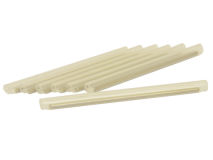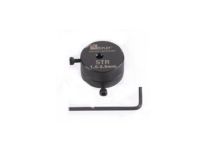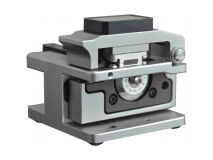Optical fibres are used increasingly frequently in waveguides and in communications systems, generally, wherein light energy is transmitted through very long distances within optical fibres with little or no concomitant energy losses. Devices using optical fibres often must be coupled, and such coupling requires the severance of and the reconnecting thereof of the transmitting fibres, which are made, generally, of glass. Loss of light energy at a coupling is detrimental to most transmissions and is to be avoided.
A junction between light fibres should be as near-perfect as possible; that is, the glass-to-glass interface should abut precisely one fibre to another, to minimize energy losses and signal imperfections at these junctures. To accomplish precise joining, a precision cleaving tool must be employed.
Main Features:
- 1 Blade life up to 48,000 times
- 1 Typical cutting angle ≤ 0.5 degrees
- 1 Tungsten steel blade, wear-resistant, high-hardness, corrosion-resistant
- 1 Traditional desktop design, easy to use
- 1 Double fixture design, suitable for various optical fibres of 250~3.0mm
- 1 High-precision CNC machining, excellent texture
Specifications:
- Fibre material: single fibre
- Cladding Diameter: 125 microns
- Cutting length: Single fibre: 8~20mm / Ribbon fibre: 10mm
- Applicable Optical Cable: Single Fibre: 250μm, 900μm, 3.0mm/Flat Cable/Ribbon Optical Fibre: 2 to 12 Optical Fiber Cables
- Typical cleavage angle: less than 0.5 degrees **
- Typical blade life: 48,000 firer cuts in total (replaceable) **
- Leftover material collector: standard
- Silo Type: Manual
- Automatic return standard
- Size/Weight: 63W *77D*63H(mm) / 335g
** The fibre cutting angle changes due to the operating environment
** Blade life varies due to operating environment






